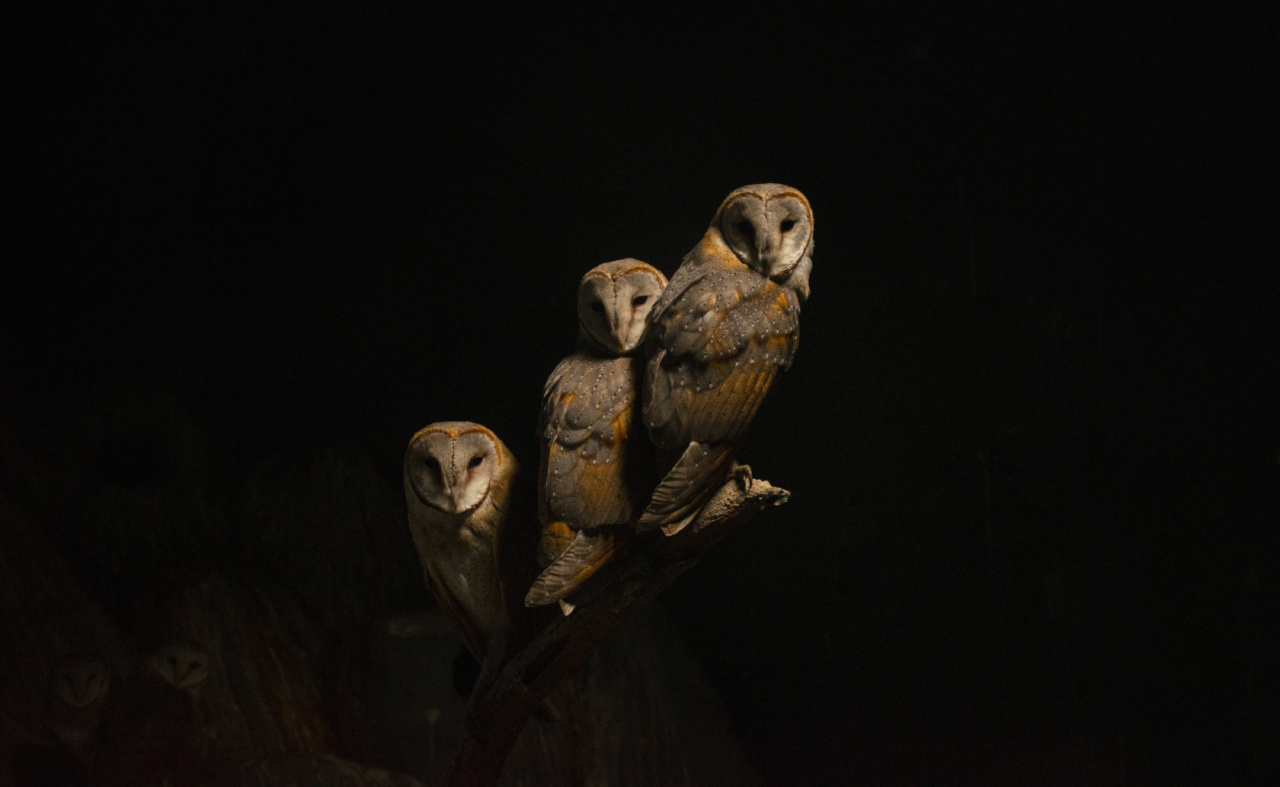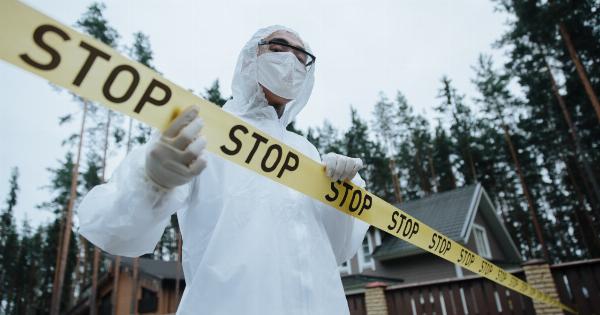Throughout history, humans have attached significant importance to being an early bird. Phrases like “the early bird catches the worm” have engraved the notion that waking up early brings success and vitality.
However, recent research challenges this belief by shedding light on the unfavorable impact of late-night activities on certain creatures, specifically owls. A comprehensive scientific study has revealed that owls, the nocturnal hunters of the avian world, are more prone to premature death compared to their early bird counterparts.
Let us delve into this intriguing research and explore the implications it may have for both owl species and human health.
Owls: Nighttime Predators with a High Cost
Owls, with their exceptional night vision, adapted feathers for silent flight, and formidable hunting skills, are truly fascinating creatures. However, their nocturnal lifestyles make them more susceptible to certain risks and challenges.
While humans adjust well to a daylight-oriented society, owls must make compromises to thrive in an environment primarily designed for early birds. These compromises often come with serious consequences for their health and longevity.
Accumulating Evidence: The Link between Late Nights and Premature Death
Researchers have conducted various studies to understand how chronotype, the behavioral manifestation of an individual’s circadian rhythm, affects their overall health.
A recent study published in the journal Nature examined a large sample of owls and early birds and demonstrated a startling finding: owls have a significantly higher risk of premature death compared to those who thrive in the early hours of the day.
The study, which involved monitoring the habits and health of thousands of individuals over a period of 10 years, concluded that individuals who identify as owls are more likely to experience various health issues, including cardiovascular problems, metabolic disorders, and mental health conditions. It is believed that these differences in health outcomes are primarily due to the mismatch between their biological clock and societal demands, which force them to adapt to schedules misaligned with their natural preferences.
Exploring Circadian Misalignment: The Consequence of Owls in a Morning World
At the core of these disparities lies the concept of circadian misalignment. Circadian rhythm, often referred to as our internal body clock, governs multiple physiological processes and regulates our sleep-wake cycle.
It is an inherent characteristic of individuals, with some naturally inclined to be active in the morning (larks or early birds) and others in the evening (owls or night owls).
The study revealed that owls, when forced to adhere to a morning-oriented lifestyle, struggle with what experts call “social jet lag.” Just like real jet lag occurs when individuals travel through different time zones, social jet lag refers to the misalignment between an individual’s internal body clock and the external demands of society.
One of the study’s co-authors, Dr. Sarah Meadows, explains, “Owls have a biological predisposition to operate on a different schedule compared to society’s conventional norms.
When they are continuously forced to wake up and perform at a time that is incongruent with their internal clock, it leads to detrimental health consequences in the long term.”.
Impact on Owl Species: Conservation Concerns
The implications of this research extend beyond the realm of human health. Owls, as a keystone species in certain ecosystems, play a crucial role in maintaining the balance of the food chain.
Understanding and addressing the health risks faced by owls due to their nocturnal nature is vital for the conservation of these remarkable creatures.
Dr. Michael Thompson, a wildlife biologist specializing in owl species, emphasizes the importance of conserving owl populations in their natural habitats.
He says, “Owls are essential predators that help control populations of rodents and other small mammals. If their numbers decline due to health issues caused by circadian misalignment, it could have significant ecological consequences.”.
Implications for Human Health: Uncovering the Night Owl’s Plight
While this research focuses on owls, it also highlights the potential risks faced by individuals who identify as night owls within the human population.
Like their avian counterparts, humans who are wired to thrive in the evening may encounter similar health issues due to circadian misalignment.
Dr. Rebecca Foster, a sleep specialist, explains, “Night owls face several challenges in a morning-oriented society.
They often struggle to adhere to societal schedules, leading to disrupted sleep patterns, increased stress, and higher risks of chronic conditions such as diabetes, obesity, and mental health disorders.”.
Understanding the unique health characteristics and needs of night owls is crucial for developing tailored interventions and creating a more inclusive society that accommodates the diverse chronotypes present in the human population.
The Way Forward: Adjusting Expectations and Raising Awareness
Addressing the health risks faced by owls and night owls alike requires collective effort and awareness.
Educating individuals, both within the scientific community and the general public, about circadian rhythms, chronotypes, and the potential consequences of circadian misalignment is crucial.
Dr. Meadows asserts, “There is a need to reconsider the societal expectations placed upon individuals to conform to traditional schedules.
By providing more flexibility regarding work and societal routines, we can alleviate the health burdens faced by owls and night owls, promoting better health and well-being for all.”.
Mitigating the Risk: Practical Steps for Owls and Night Owls
For those who consider themselves owls or night owls, implementing certain strategies can help mitigate the risks associated with circadian misalignment:.
-
Establish Consistent Sleep Routines: Try to go to bed and wake up at the same time, even on weekends, to align your internal body clock.
-
Create a Sleep-Friendly Environment: Optimize your sleep environment by ensuring it is quiet, dark, and cool.
-
Limit Exposure to Light at Night: Minimize exposure to bright screens or artificial light before bedtime, as it can disrupt your sleep-wake cycle.
-
Consider Chronotherapy: If your schedule allows, gradually shift your sleeping time earlier to better align with societal demands.
-
Seek Professional Help: If you are struggling with sleep-related issues, consult a sleep specialist or healthcare provider who can provide personalized guidance and support.
Conclusion
The research findings highlighting the increased risk of premature death in owls compared to early birds shed light on the consequences of chronotype misalignment.
This research not only emphasizes the importance of understanding and accommodating the diverse chronotypes present in both owl species and human populations but also calls for societal changes to create a more inclusive environment for all individuals.





























